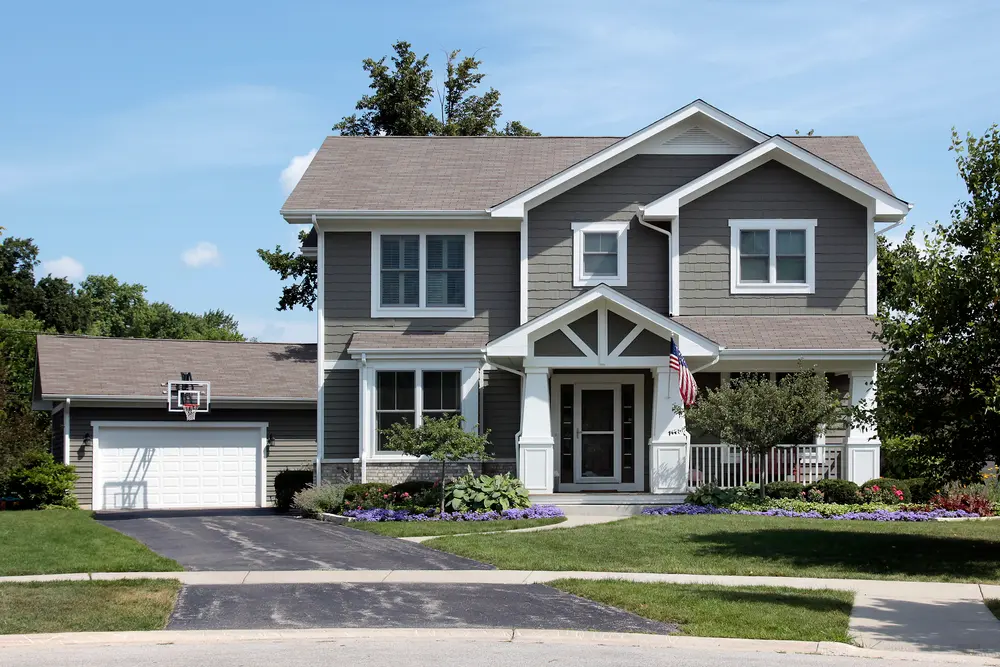Are you looking to protect and maintain your sealcoated surfaces? Look no further! We have the 5 best preventative sealcoating maintenance practices just for you.
By following these practices, you can ensure the longevity and functionality of your sealcoated surfaces.
First, take a euphemistic approach and perform regular equipment inspections and maintenance. This will keep your equipment in top shape and ready for action.
Next, prioritize crew protection by providing them with proper safety gear.
Then, make sure to sealcoat in optimal weather conditions for the best results.
Additionally, thorough surface preparation is key to a successful sealcoat application.
Lastly, implementing a comprehensive pavement maintenance program will ensure ongoing care and maintenance.
With these practices in place, your sealcoated surfaces will stay in great shape for years to come.
Key Takeaways
- Regular cleaning and sweeping are essential practices to keep the asphalt surface clean and free from potential damage.
- Timely crack sealing prevents water infiltration and further damage to the asphalt surface.
- Proper surface preparation, including cleaning, repairing, and patching, is crucial for effective sealcoating applications and preventative maintenance.
- Regular inspections and maintenance of sealcoating equipment ensure longevity and effectiveness.
Regular Cleaning and Sweeping
To properly maintain your parking lot, it’s essential to regularly clean and sweep the area. Regular cleaning and sweeping are crucial practices in the pavement maintenance industry.
Sweeping or blowing away debris and pressure washing to remove high dirt buildup help keep the asphalt surface clean and free from potential damage. By removing debris and chemicals, you prevent them from weakening the pavement and leaving a negative impression on your customers.
Regular cleaning and sweeping not only improve the overall cleanliness of your parking lot but also enhance its curb appeal. This maintenance practice extends the lifespan of the asphalt and contributes to the longevity of your parking lot investment.
Incorporating regular cleaning and sweeping into your maintenance routine is an effective way to ensure the longevity and durability of your parking lot.
Timely Crack Sealing
To effectively maintain your parking lot, you need to prioritize timely crack sealing to prevent water infiltration and further damage to the asphalt surface. Cracks in your asphalt parking lot can occur due to wear and tear over time. If left untreated, these cracks can expand and compromise the structural integrity of the pavement.
Timely crack sealing is a preventative measure that helps preserve the condition of your parking lot and minimizes the need for extensive repairs. By addressing cracks promptly, you can prevent water from seeping into the asphalt and causing more significant damage. A sealcoating contractor can perform regular inspections and apply crack filler as needed to maintain the longevity of your parking lot.
The table below highlights the benefits of timely crack sealing:
| Benefits of Timely Crack Sealing |
|---|
| Prevents water infiltration |
| Minimizes further damage |
| Preserves structural integrity |
| Extends lifespan of pavement |
| Reduces need for costly repairs |
Proper Surface Preparation
To ensure the longevity of your asphalt parking lot, consistently prioritize proper surface preparation by thoroughly cleaning and repairing the pavement before sealcoating. Proper surface preparation is essential for effective sealcoating applications and preventative maintenance.
Here are three key steps to follow when preparing your asphalt surface:
- Clean the surface: Begin by sweeping or blowing the pavement to remove loose debris and dirt. For areas with heavy dirt buildup, pressure washing may be necessary. It’s important to ensure that the surface is clean and free from any surface contamination.
- Address vegetation and oil spots: Remove any vegetation that may be growing in cracks and prime oil spots and problematic areas. This step helps to prevent future damage and ensures a smooth surface for sealcoating.
- Repair the pavement: Before sealcoating, it’s crucial to crackfill, patch, and repair the base. This step helps to address any existing damage and ensures a strong foundation for the sealcoating application.
High-Quality Sealcoat Application
For a high-quality sealcoat application, ensure you follow these key steps and use the proper equipment.
Start by preparing the surface thoroughly, cleaning it of any debris and patching any cracks or potholes. This will ensure a smooth and even application of the sealcoat.
Next, choose the right sealcoating material that’s suitable for the asphalt and can withstand the damaging effects of ultraviolet rays.
Apply the sealcoat using a professional-grade sprayer or squeegee to achieve an even and uniform coverage. Make sure to apply the sealcoat in thin layers to avoid puddling and ensure proper curing.
Finally, allow the sealcoat to dry completely before allowing traffic on the surface.
Regular Inspections and Maintenance
Performing regular inspections and maintenance is crucial for ensuring the longevity and effectiveness of your sealcoating equipment. By following these preventative practices, you can identify and address any issues before they escalate, saving you time and money in the long run.
To effectively maintain your sealcoating equipment, consider the following:
- Conduct regular inspections: Regularly inspect every component of your equipment, including the engine, filters, and reservoirs. Look for any signs of damage or wear and tear. Addressing these issues promptly can prevent further damage and maintain optimal performance.
- Keep up with maintenance schedules: Follow the manufacturer’s recommended maintenance schedule for your sealcoating equipment. This may include tasks such as changing filters, lubricating moving parts, and checking fluid levels. Adhering to these schedules ensures that your equipment operates at its best and minimizes the risk of breakdowns.
- Document and track maintenance: Establish a system to track and document all maintenance activities. This helps you stay organized and ensures that no task is overlooked. It also provides a record of the equipment’s maintenance history, which can be useful for troubleshooting or warranty claims.
Conclusion
In conclusion, implementing these preventative sealcoating maintenance practices is crucial for ensuring the durability and functionality of sealcoated surfaces.
Regular cleaning and sweeping, timely crack sealing, proper surface preparation, high-quality sealcoat application, and regular inspections and maintenance are all essential steps to prolong the life of sealcoated surfaces.
By following these practices, you can prevent costly repairs and maintain the integrity of your pavement for years to come.
So, don’t delay, start implementing these practices today to keep your surfaces in top condition!



